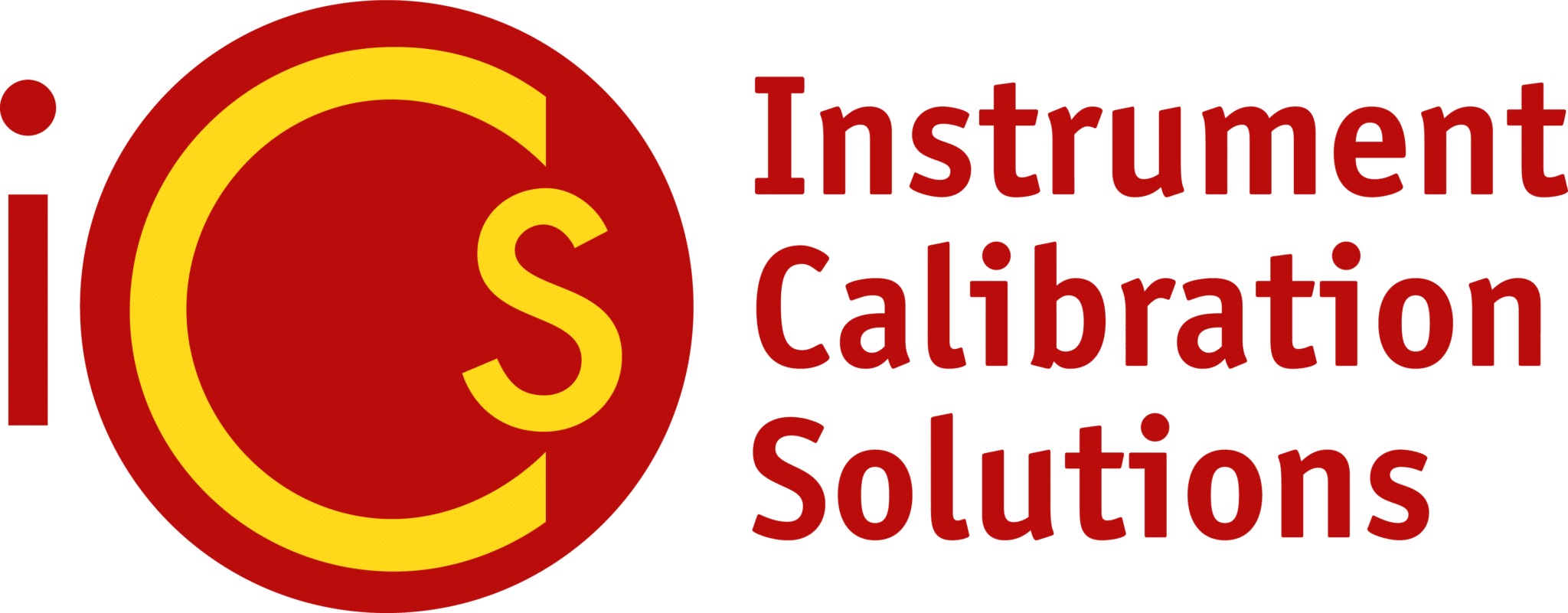Understanding Optical Comparators and Their Calibration
Optical comparators, or profile projectors, are precision instruments that magnify a part’s image onto a screen for dimensional comparison against design specifications. They are essential in industries where accuracy is paramount. Advancements in technology have led to the integration of laser systems into optical comparators, enhancing their measurement capabilities. ICS is proud to be partnered with OGP
Choosing the right service provider for calibration is as critical as the calibration itself. Below, we’ll cover the different types of optical comparators, why calibration is essential, and what to look for in a service provider.
Types of Optical Comparators
- Manual Optical Comparators
- Operation: Operators manually align and measure features using overlays or templates.
- Applications: Suitable for low-volume inspections where high precision is required.
- Benefits: Cost-effective and straightforward to operate.
- Digital/Automated Optical Comparators
- Operation: Equipped with digital displays and software for automated measurements and data analysis.
- Applications: Ideal for high-volume environments demanding speed and consistency.
- Benefits: Enhanced accuracy, repeatability, and efficient reporting.
- Laser-Equipped Optical Comparators
- Operation: Incorporate laser technology for non-contact measurement, providing precise 3D data.
- Applications: Effective for complex geometries and delicate parts where traditional contact methods may cause damage.
- Benefits: High-resolution measurements and the ability to capture intricate details.
Example: OGP’s Laser-Integrated Systems
Optical Gaging Products (OGP) offers advanced optical comparators that utilize laser technology. Their systems, such as the c-vision™ Video Contour Projectors, combine the speed and accuracy of video measurement with the robust capabilities of traditional optical comparators, integrating laser sensors for enhanced precision.
5 Reasons Why Optical Comparator Calibration Is Important
- Ensures Measurement Accuracy
- Components like lenses, lasers, and lighting systems can drift over time. Calibration maintains the equipment’s precision, ensuring measurements remain reliable.
- Maintains Compliance
- Industries such as aerospace, automotive, and medical devices have stringent quality standards. Regular calibration ensures adherence to these standards, avoiding potential legal and financial repercussions.
- Reduces Scrap and Rework
- Accurate measurements prevent the production of defective parts, minimizing waste and the need for rework, leading to cost savings.
- Extends Equipment Lifespan
- Calibration often includes routine maintenance, identifying and addressing issues early, which prolongs the equipment’s operational life.
- Enhances Customer Trust
- Delivering products that meet exact specifications builds customer confidence and fosters long-term business relationships.
8 Things to Look for in a Calibration Service Provider
- Accreditation
- Look for providers accredited to ISO/IEC 17025, which demonstrates technical competence and quality management in calibration services.
- Experience and Expertise
- Choose a provider experienced in calibrating a range of optical comparators, especially the type you use (manual, digital, laser-equipped). Providers familiar with your industry’s standards and requirements add value.
- Capabilities
- Ensure the provider can calibrate all critical components of your comparator, including lenses, screens, scales, lasers, and lighting systems. For laser-equipped systems, they should offer specialized laser calibration.
- Calibration Traceability
- The provider should offer traceable calibration to national or international standards, ensuring the accuracy of your equipment can be validated.
- Turnaround Time
- Downtime impacts productivity. Look for a provider that balances speed with thoroughness to minimize interruptions.
- On-Site vs. Off-Site Services
- Determine if the provider can perform calibrations on-site at your facility or if they require the equipment to be sent to their lab. On-site services can save time and reduce the risk of damage during transport.
- Comprehensive Reporting
- A good provider will offer detailed calibration reports, including before-and-after data, compliance status, and any adjustments made.
- Customer Support
- Look for providers who offer ongoing support, such as reminders for upcoming calibrations, troubleshooting assistance, and maintenance advice.
Calibration Frequency
The frequency of calibration depends on factors such as equipment usage, operating environment, and specific industry requirements. It’s advisable to follow the manufacturer’s recommendations and industry best practices to determine appropriate calibration intervals.
Conclusion
Investing in regular calibration of your optical comparators, particularly those with advanced laser technology, is essential to maintain measurement accuracy, ensure compliance, and uphold product quality. Selecting the right calibration service provider ICS further ensures your equipment is in expert hands, allowing you to focus on delivering precise and reliable products to your customers.

